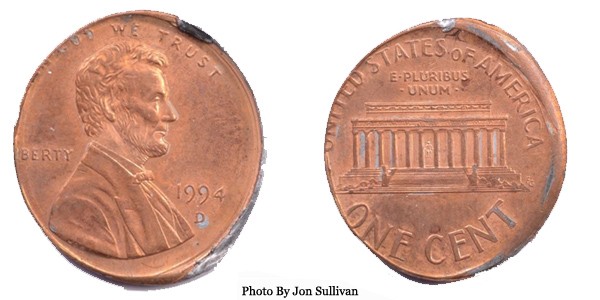
Error Guide
Part Two
Part two of the error guide continues where part one left off. This section contains some interesting and rare mint errors.
Die Crack
When a die develops a crack, the metal will flow into the crack during the striking process. The result will be a raised line on the coin's surface.
To see more die cracks click here

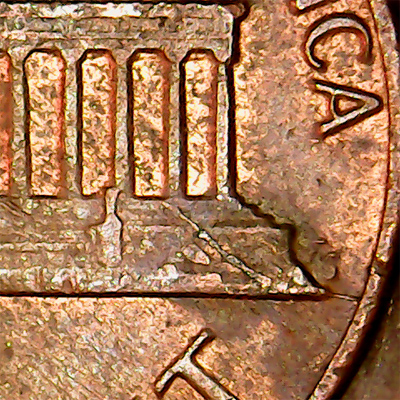

Photos by Lincoln Cents Online
Clipped Planchet

Rolling Fold
A rolling fold occurs when there is a problem during the punching process which leaves a small burr or extra metal hanging from the edge of the blank. When the blank is put through the upsetting mill this extra metal gets rolled over the surface of the planchet. When the coin is struck, this extra metal becomes folded over and pressed down onto the surface of the coin.
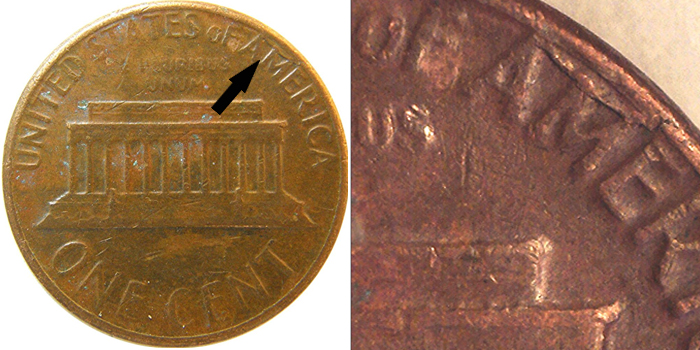
Photo By Pete Apple
Rockwell Test Mark In Planchet
A Rockwell hardness tester is a device used to test the hardness of a metal. It will strike a die or planchet with a small pin then measure the depth of the depression. Both the Denver and Philadelphia mints perform Rockwell hardness testing for quality control purposes prior to minting.
If a depression mark is left on a die, the coins that get struck with that die will have a raised circular area on the surface. Since this would be hard to distinguish from a die chip or other possible causes, no examples of this have been confirmed.
If the mark is left in a planchet, the coin's surface would show a small circular depression. The depression may also be oval shaped because of the metal flow during the striking process. There would be no evidence of the mark on the opposite side of the coin and no areas of raised metal around the depression. The diameter of a Rockwell Ball indenter is 1.58 mm, so any indentation larger than that cannot be a test mark. The test marks can be smaller, depending on the depth mark.
Special thanks to Pete Apple for providing information on this topic.
To learn more about Rockwell test marks click here.
Cud
A cud happens when a section of the edge of a die is broken off. To be considered a cud, the die break must affect the rim.
To see more cud & retained cud errors click here
1936 Cud
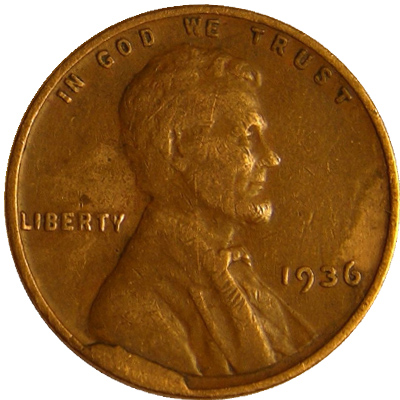
Photo by Ed Lott
Retained Cud
A retained cud is similar to a cud but the piece of broken die remains in place during striking.
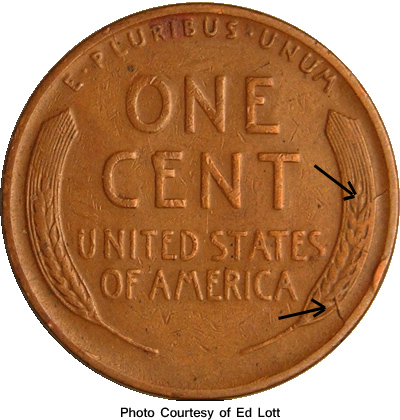
Die Clash
A die clash is the result of the two dies striking together without a planchet between them. When this happens, an impression of the opposite side of the coin will be left on the die. Coins struck with these damaged dies will show the secondary image.
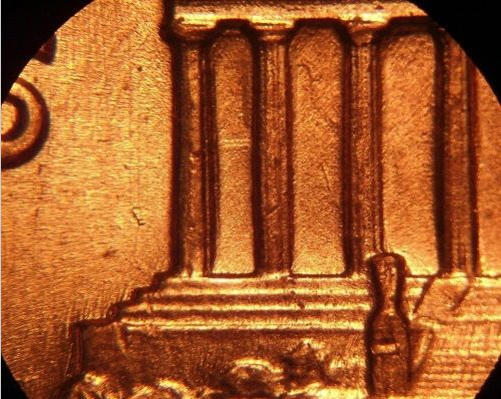
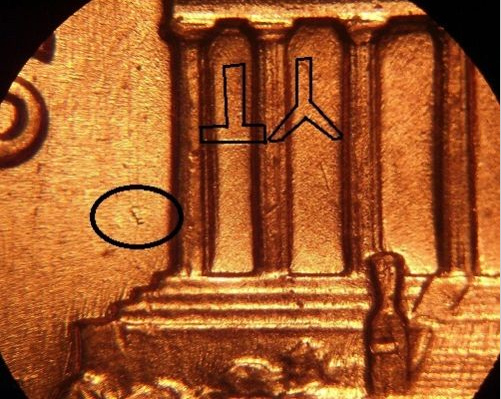
Photos By Joe Curry
Misaligned Die
A misaligned die error (MAD) happens when the hammer die and the anvil die become misaligned. This is almost always because the hammer die shifts in it's holder. The more out of alignment the dies are, the more collectable the coin will be. Coins showing a misalignment of less than 10% usually have no collector value.
Some new collectors will confuse a misaligned die error with an off center strike. An off center strike happens when the planchet is off center with both dies, the result will be shown on both sides of the coin.
The opposite side of the coin from the misalignment will show weakness in the details.


Photo By Joe Curry

Photo By Sean O'Connell
Broadstrike
A broadstrike is a coin that has been stuck outside of the collar. Without the collar in place to retain the shape of the coin, it will spread out in all directions. Many times the image will be distorted and not exactly circular.
To see more broadstrike errors click here.
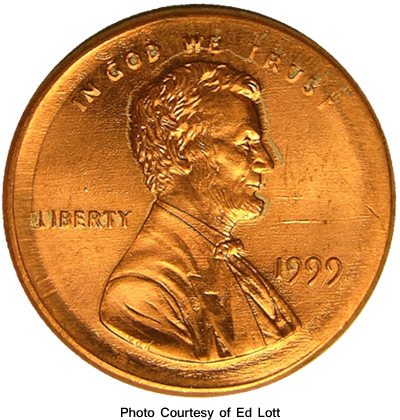
Damaged Mint Mark Punch
A damaged mint mark punch changes the appearance of the mint mark and can be confused with a re-punched mint mark. To help identify if a punch has been damaged or not, examine several dies from the same year. If they all have the same altered mint mark shape, they are most likely from a damaged mint mark punch. If it is a true RPM, only one die will be affected.
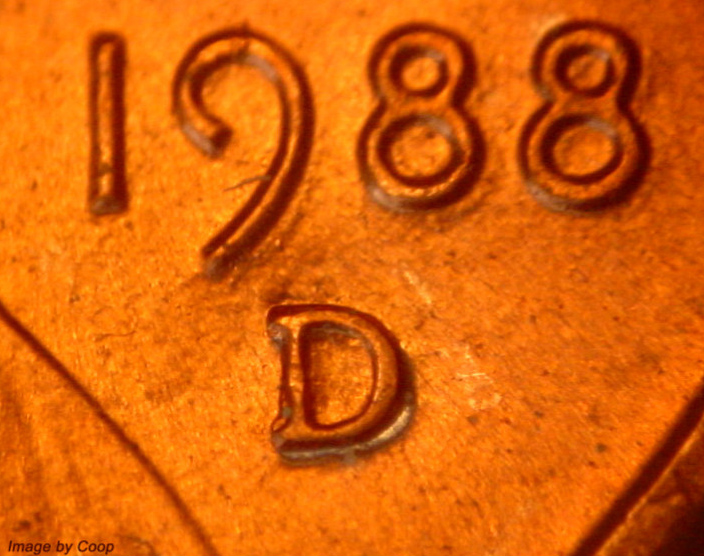
Above is a 1988-D with a mint mark punched from a damaged mint mark punch.
Trail Dies
Trail dies are a die variety like doubled dies, every coin struck with the die is the same, so technically they are not errors.
To see more trail dies click here.

Photo By Denver
Debris / Extra Metal
Debris / extra metal struck onto surface of coin. Sometimes the extra piece will fall away.

Unplated Zinc Cent Error
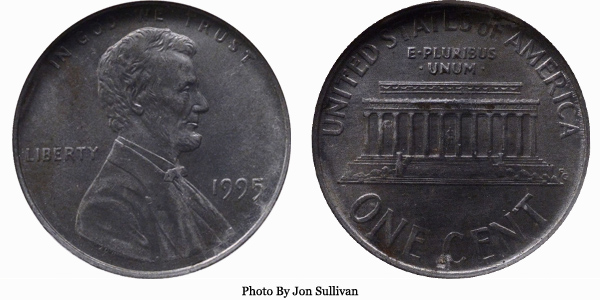
Partial Plated Zinc Cent Error

Split Planchet Error
To see more splt planchet errors Click here
1959 split planchet before strike
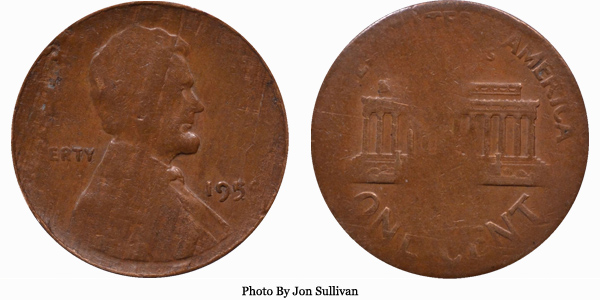
1960 Split Planchet Before Strike

Thick Planchet
1941 Lincoln Cent on Thick Planchet 4.04 Grams. Normal weight is 3.11 Grams.
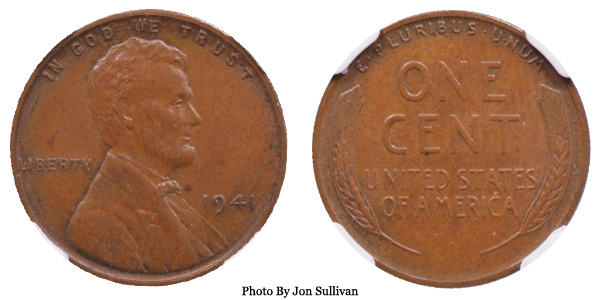
Lincoln Cent Struck on Nail
Click here to see more photos.

Elliptical Strike Clip
As a result of being sheared or torn during the striking phase, a coin ends up being oval or eliptical shaped. This 1994-D Lincoln cent elliptical strike clip weighs 2.26 grams
